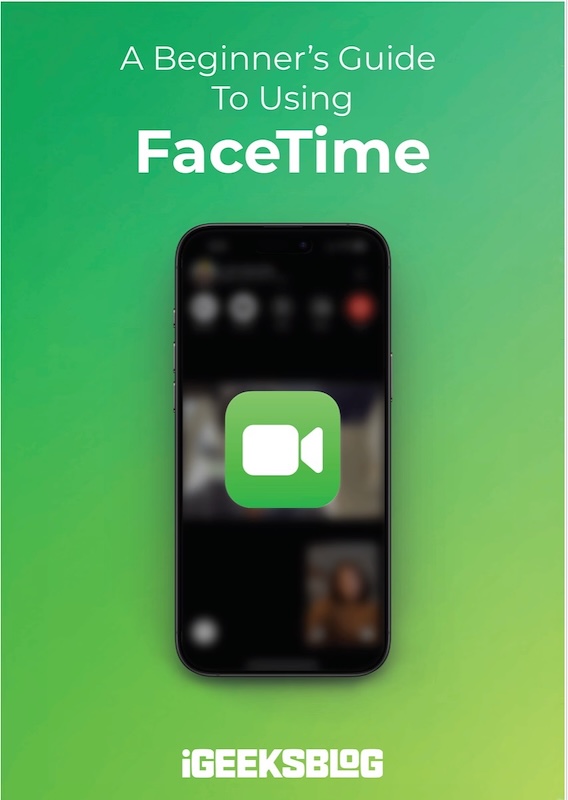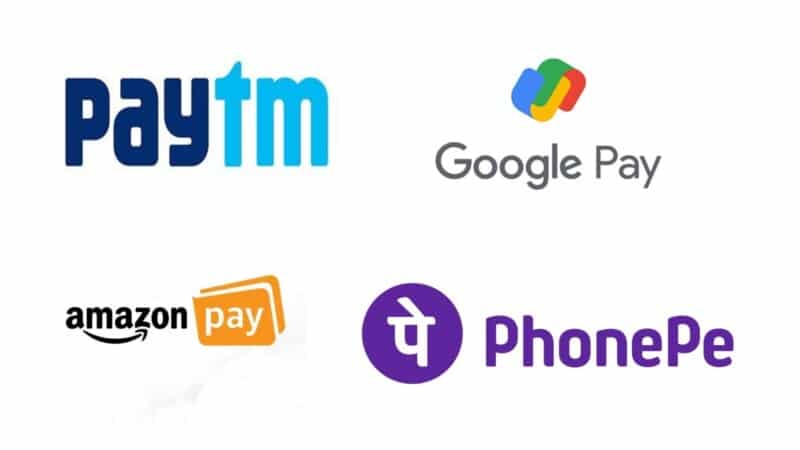
FaceTime Like a Pro
Get our exclusive Ultimate FaceTime Guide 📚 — absolutely FREE when you sign up for our newsletter below.

FaceTime Like a Pro
Get our exclusive Ultimate FaceTime Guide 📚 — absolutely FREE when you sign up for our newsletter below.
What’s stopping Apple Pay from launching in India and why 2026 could be the turning point.
Despite India becoming one of Apple’s fastest-growing markets, there’s one major gap that still leaves iPhone users scratching their heads: Why is not Apple Pay available in India yet?
With Apple claiming a dominant share of the premium smartphone market, many expected its digital wallet to follow. But even as Apple Stores open across major cities and record iPhones sales, Apple Pay remains missing from the Indian payment system.
Let’s explore what’s really going on from regulations and market dynamics to new updates that could finally change things.
Apple Pay is Apple’s contactless payment and digital wallet system. It lets you:
Very much convenient in daily life! So why can’t Indian iPhone users join in?
Check out: What stores take Apple Pay? The ultimate guide for 2025
India is a price-sensitive market. In 2024, the average selling price of smartphones was just $259, while iPhones start at around $799 and even in 2025, that gap still exists.
As a result, Apple’s unit market share in India hovers around 8%, compared to 58% in the United States. This limited market share likely discourages Apple from investing heavily in Apple Pay’s infrastructure and rollout in India.
Yes, rolling out Apple Pay isn’t cheap. It requires:
However, Apple is now India’s fastest-growing smartphone brand, owning over half (58%) of premium segment. As market share improves, Apple Pay may finally enter the Indian market.
Here’s a fact that surprises many: Apple has already integrated Indian payment systems, just not full Apple Pay (yet).
You can currently use the following methods to pay for App Store, iTunes, and Apple Music purchases:
That’s a big step forward and hints at Apple’s gradual localization strategy. But what’s missing is tap-to-pay functionality and the ability to add Indian debit/credit cards to the Wallet app for contactless payments. So, users can’t enjoy the true Apple Pay experience.
There are multiple issues from authority and regulatory side that are holding back Apple Pay to enter India.
The Reserve Bank of India (RBI) mandates that all payment-related data must be stored locally in India. Apple traditionally stores sensitive information (like tokens) securely within its global infrastructure and on-device, not on third-party servers.
To comply, Apple would need to either:
That’s not trivial, especially given Apple’s tight privacy standards.
Until recently, India’s payments framework didn’t allow private companies to use biometrics (like Face ID or Touch ID) for transaction approval, everything had to be PIN-based.
But here’s the exciting part! As of October 8, 2025, the NPCI (National Payments Corporation of India) officially allows optional biometric authentication (via Aadhaar-based Face or Fingerprint) for UPI transactions up to ₹5,000.
However, Apple’s biometrics are stored securely on the device, not on UIDAI’s servers (Indian government’s biometric database) and regulators require Aadhaar-linked verification. Apple has not shown interest to use this verification compromising its privacy-first policy.
Unless the framework expands to include device-side validation, Apple Pay still can’t legally process transactions via Face ID or Touch ID in India.
The Indian digital payments market is already dominated by UPI giants like:
These platforms are free, universal, and familiar. Anyone can pay anyone, regardless of phone brand. In contrast, Apple Pay would only work on iPhones, drastically shrinking its user base.
Thus, merchants may not find it worthwhile to adopt it. Also, banks and financial institutions demand a minimum volume of transactions for supporting new payment methods.
And let’s be real: once people are comfortable with their payment app, convincing them to switch is an uphill battle. So, it’s still hard to make Apple Pay successful in India.

If Apple wants to succeed in India, UPI integration is the key.
Most Indian payment terminals already support NFC (Near-Field Communication), and the RBI mandates interoperability between payment systems. That means the technical groundwork is already in place for Apple Pay to connect to UPI infrastructure.
Apple could:
The pieces are finally aligning but only if Apple and Indian regulators can agree on data handling and authentication frameworks.
Here’s why there’s still hope:
In short: the foundation is finally being laid. Don’t be surprised if Apple Pay’s soft launch in India starts with UPI-based tap-to-pay or wallet-linked online payments in the next couple of years.
Apple’s story in India is one of patience and precision. Between data localization rules, market realities, and Apple’s privacy priorities, the rollout of Apple Pay was always going to be complicated.
But with new biometric rules, UPI integration, and booming iPhone sales, the roadblocks are slowly clearing. It may take some time, but all signs point to Apple Pay eventually making its way to Indian users.
Would you switch to Apple Pay when it launches in India? Drop your thoughts below. I’d love to hear what side you’re on!
FAQs
No, not yet. You can’t use Apple Pay for purchases in India.
Yes! Apple already accepts UPI, RuPay, and Netbanking for App Store, iTunes, and iCloud payments in online purchases.
Apple Pay uses NFC-based card tokenization, letting you tap your phone to pay using stored credit/debit cards. UPI apps transfer money between bank accounts instantly via phone numbers or QR codes. Both are fast and secure but UPI works across all devices, while Apple Pay is exclusive to Apple hardware.
You may also like to read these: